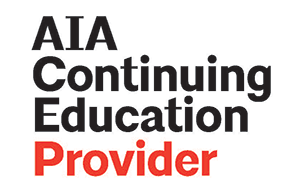 | 1 LU |
 | 1 LU |
Fifty years ago, Vocational High Schools served local industrial labor needs but isolated students into career track and college track along “class lines”. Co-locating academic and vocational schools was mostly a convenience of site and campus, not pedagogically motivated, with each facility maintaining distinct administrations and goals, each with their curriculum and turf. Today, true Comprehensive High Schools interweave the academic and CTE curricula and learning environments with the minimum of turf and maximum of connections of students and programs. The success of these dynamic schools lies in greater graduation rates and higher levels of CTE students pursuing higher education. Comprehensive education requires a recognition of the dynamic changing labor market and needs of society. The needs of 2070 will be far more than the “re-tooling” of current programs in order to provide students with the skills and experience necessary to join, adapt, and thrive in an ever-changing workplace world across a multitude of career types. Building a community within the school – more interpersonal connections and interactions is an indicator of a healthy social environment that is less stratified by class and color. Understanding how a functional society requires many different types of work – respect for all workers and having empathy for all can build stronger social bonds beyond school. During COVID many have now witnessed the challenges and skills of “essential workers” – this life lesson can begin and strengthen in a Comprehensive school environment. In the world of 2070, might all high school graduates, professions and careers require interdisciplinary skills of innovation, creativity and head to hand activity? Will all education need to be Comprehensive? Take the journey with us to test out the brand new 2021 SHS and its’ ability to serve or be adapted to the future 2071 SHS needs within the same building envelope.
Learning Objectives:
Alex Pitkin, AIA, Principal and Senior K-12 Designer, SMMA
Alex has been designing K-12 schools for over 30 years at all grade levels; involved in the programming, master planning, feasibility study, and/or design of numerous large Massachusetts high school projects over the last two decades. Recently, his work has been recognized by the A4LE Northeast Region receiving the Ed Kirkbride Award in 2015 for Ayer Shirley Regional HS, in 2017 for Bancroft ES, and in 2019 for North Middlesex Regional HS
Matt Rice, AIA, ALEP, Principal and Senior Project Architect, SMMA
Matt has over 20 years of professional experience and specializes in large and complex projects in the institutional market. He has worked with over 26 districts and institutions, including both traditional public and public charter schools. Through his work as a Project Architect, he has led programming efforts for these schools and managed team engagement with the client and community. He has lived in Somerville for 21 years.